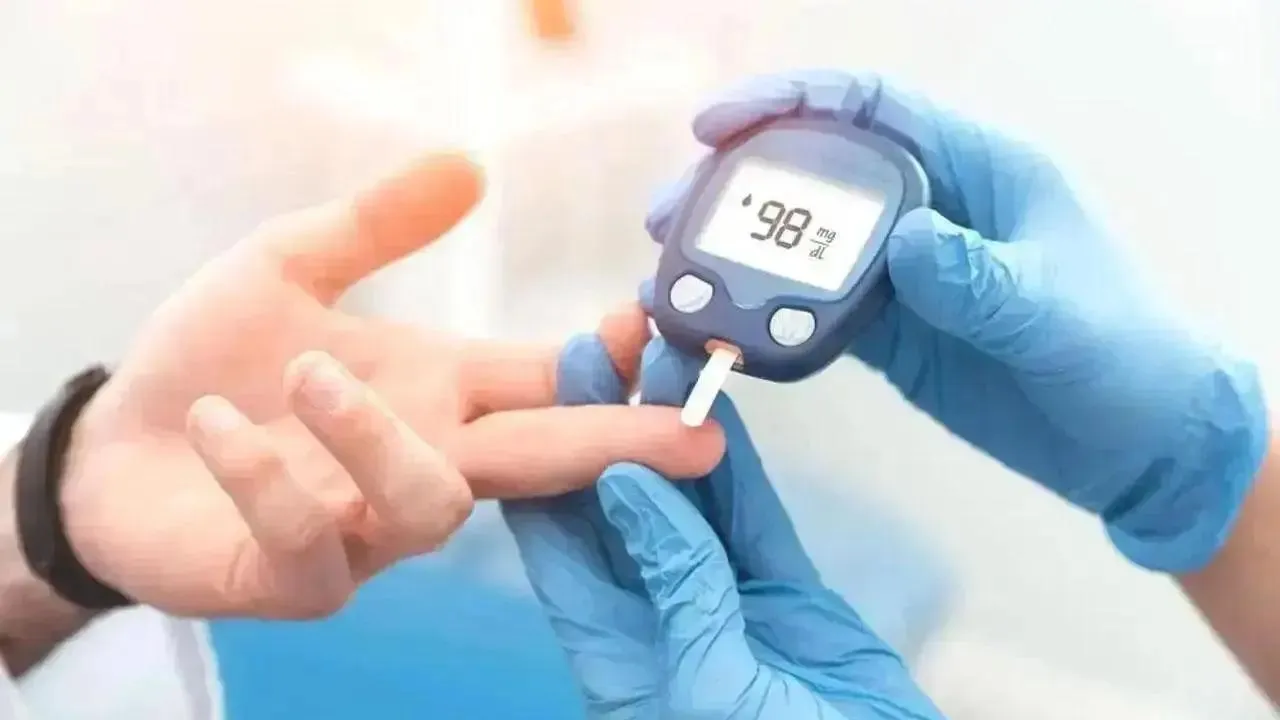Night Owls and Their Increased Risk of Type 2 Diabetes

Impact of Circadian Rhythms on Diabetes Risk
Night owls, who are consistently active at night, generally exhibit higher body mass indices (BMI), increased waist sizes, and excess body fat, rendering them almost 50% more susceptible to developing type 2 diabetes (T2D) than those who turn in early. Research conducted by Dr. Jeroen van der Velde at Leiden University Medical Centre underscores that late chronotypes are also linked to obesity and metabolic disorders.
Study Findings
- Late chronotypes have a 46% greater risk of developing diabetes.
- Circadian misalignment contributes to metabolic disturbances.
- Out of the 5,000 individuals examined, late chronotypes showed significant metabolic differences.
Participants diagnosed with T2D after a 6.6-year follow-up indicated that late starters had a BMI 0.7 kg/m2 higher, a waist circumference 1.9 cm larger, and substantially more visceral fat.These findings imply that timing and lifestyle choices play a crucial role in diabetic risks.
This article was prepared using information from open sources in accordance with the principles of Ethical Policy. The editorial team is not responsible for absolute accuracy, as it relies on data from the sources referenced.